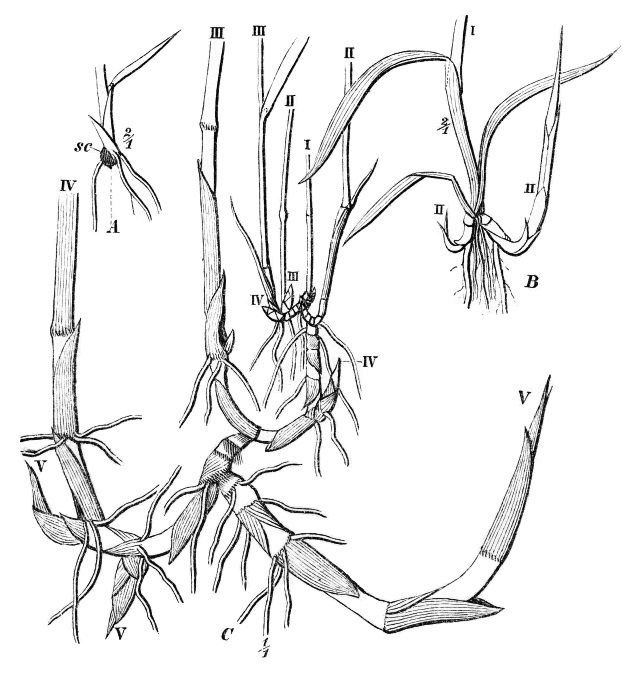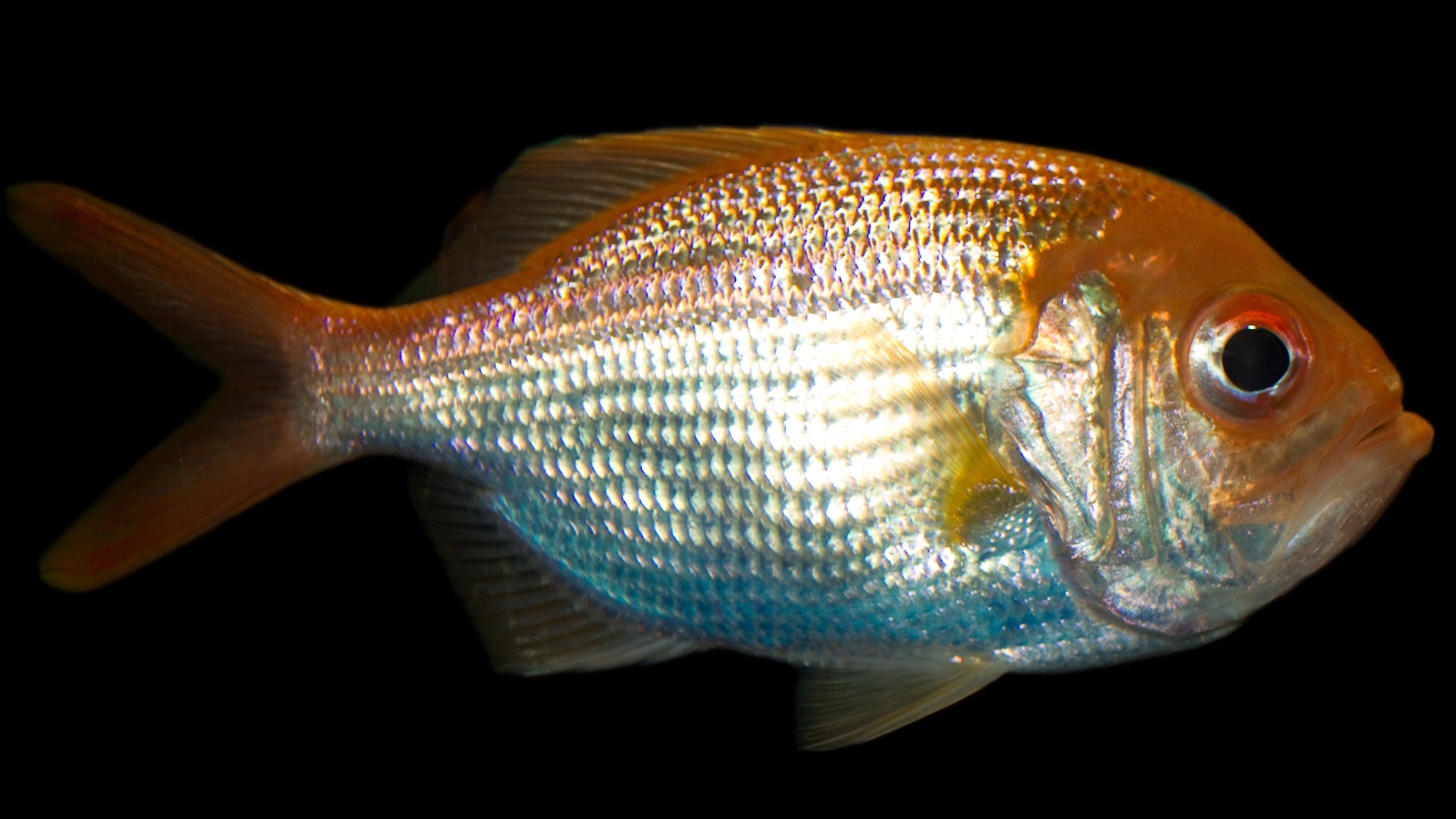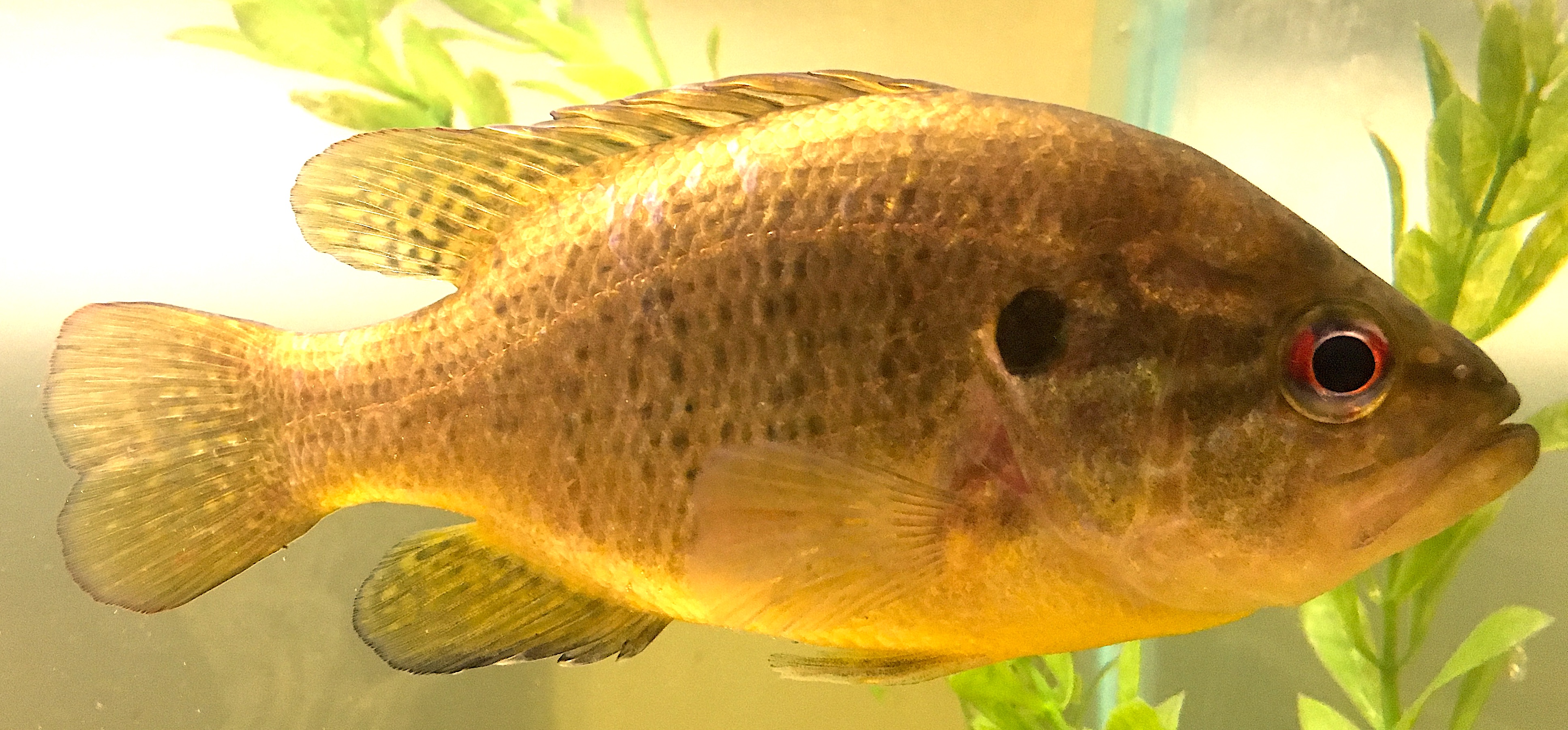|
Pass A Loutre Wildlife Management Area
Pass a Loutre Wildlife Management Area (WMA) is a protected wetland in Plaquemines Parish, Louisiana, United States. The WMA is located due south and bordering the 48,000 acre Delta National Wildlife Refuge, accessible only by air or boat, contains the Pass A L'Outre Lighthouse (), and Port Eads is within the boundary. Location The WMA is situated on the lower Mississippi River, starting at the Head of Passes, including an extreme northern portion of the Southwest Pass, all of the South Pass, and Pass a Loutre, in the Plaquemines-Balize delta lobe of the Mississippi River Delta Basin. Flora The WMA is a combination of low marsh, tidal marsh, mudflats, and salt marsh, covering three of the five main types of wetlands. According to the A. W. Kuchler U.S. Potential natural vegetation Types, Pass A Loutre State Wildlife Management Area would have a Southern Cordgrass, aka Spartina (''78'') vegetation type and a Coastal Prairie, aka Western Gulf coastal grasslands (''20'') veg ... [...More Info...] [...Related Items...] OR: [Wikipedia] [Google] [Baidu] |
Plaquemines Parish
Plaquemines Parish (; French: ''Paroisse de Plaquemine'', Louisiana French: ''Paroisse des Plaquemines'', es, Parroquia de Caquis) is a parish located in the U.S. state of Louisiana. With a population of 23,515 at the 2020 census, the parish seat is Pointe à la Hache and the largest community is Belle Chasse. The parish was formed in 1807. Plaquemines Parish is part of the New Orleans– Metairie metropolitan statistical area. It was severely damaged in the aftermath of Hurricane Katrina on August 29, 2005, and in hurricane events in 2011 and 2021. History The name ''"Plaquemines,"'' in French Creole, was derived from the Atakapa word, ''piakimin'', meaning the local fruit persimmon. The French used it to name a military post they built on the banks of the Mississippi River, as the site was surrounded by numerous persimmon trees. Eventually the name was applied to the entire parish and to a nearby bayou. The oldest European settlement in the parish was La Balize, where ... [...More Info...] [...Related Items...] OR: [Wikipedia] [Google] [Baidu] |
Data Basin
In the pursuit of knowledge, data (; ) is a collection of discrete values that convey information, describing quantity, quality, fact, statistics, other basic units of meaning, or simply sequences of symbols that may be further interpreted. A datum is an individual value in a collection of data. Data is usually organized into structures such as tables that provide additional context and meaning, and which may themselves be used as data in larger structures. Data may be used as variables in a computational process. Data may represent abstract ideas or concrete measurements. Data is commonly used in scientific research, economics, and in virtually every other form of human organizational activity. Examples of data sets include price indices (such as consumer price index), unemployment rates, literacy rates, and census data. In this context, data represents the raw facts and figures which can be used in such a manner in order to capture the useful information out of it. Dat ... [...More Info...] [...Related Items...] OR: [Wikipedia] [Google] [Baidu] |
Phragmites
''Phragmites'' () is a genus of four species of large perennial reed grasses found in wetlands throughout temperate and tropical regions of the world. Taxonomy The World Checklist of Selected Plant Families, maintained by Kew Garden in London, accepts the following four species: * ''Phragmites australis'' ( Cav.) Trin. ex Steud. – cosmopolitan * ''Phragmites japonicus'' Steud. – Japan, Korea, Ryukyu Islands, Russian Far East * ''Phragmites karka'' ( Retz.) Trin. ex Steud. – tropical Africa, southern Asia, Australia, some Pacific Islands, invasive in New Zealand * ''Phragmites mauritianus'' Kunth – central + southern Africa, Madagascar, Mauritius The cosmopolitan common reed has the generally accepted botanical name ''Phragmites australis''. (Cav.) Trin. ex Steud. About 130 other synonyms have been proposed. Examples include ''Phragmites communis'' Trin., ''Arundo phragmites'' L., and ''Phragmites vulgaris'' (Lam.) Crép. (illegitimate name). Wildlife in reed beds ... [...More Info...] [...Related Items...] OR: [Wikipedia] [Google] [Baidu] |
Flounder
Flounders are a group of flatfish species. They are demersal fish, found at the bottom of oceans around the world; some species will also enter estuaries. Taxonomy The name "flounder" is used for several only distantly related species, though all are in the suborder Pleuronectoidei (families Achiropsettidae, Bothidae, Pleuronectidae, Paralichthyidae, and Samaridae). Some of the better known species that are important in fisheries are: * Western Atlantic ** Gulf flounder – ''Paralichthys albigutta'' ** Southern flounder – ''Paralichthys lethostigma'' ** Summer flounder (also known as ''fluke'') – ''Paralichthys dentatus'' ** Winter flounder – ''Pseudopleuronectes americanus'' * European waters **European flounder – ''Platichthys flesus'' ** Witch flounder – ''Glyptocephalus cynoglossus'' * North Pacific ** Halibut – ''Hippoglossus stenolepis'' ** Olive flounder – ''Paralichthys olivaceus'' Eye migration Larval flounder are born with one eye on each side o ... [...More Info...] [...Related Items...] OR: [Wikipedia] [Google] [Baidu] |
Cynoscion Nebulosus
''Cynoscion nebulosus'', the spotted seatrout, also known as speckled trout, is a common estuarine fish found in the southern United States along coasts of Gulf of Mexico and the coastal Atlantic Ocean from Maryland to Florida. While most of these fish are caught on shallow, grassy flats, spotted seatrout reside in virtually any inshore waters, from the surf of outside islands to far up coastal rivers, where they often come for shelter during cold weather. Contrary to its name, the spotted seatrout is not a member of the trout family (Salmonidae), but of the drum family (Sciaenidae). It is popular for commercial and especially recreational fishing in coastal waters of the southeastern United States. Adults reach 19-37 inches in length and 3-17 pounds in weight. Distribution Spotted seatrout live in the top of the water column and are most numerous along the coasts of the southeastern states, such as Texas, Louisiana, Alabama, Mississippi, Georgia, and Florida. They are also commo ... [...More Info...] [...Related Items...] OR: [Wikipedia] [Google] [Baidu] |
Redfish
Redfish is a common name for several species of fish. It is most commonly applied to certain deep-sea rockfish in the genus ''Sebastes'', red drum from the genus ''Sciaenops'' or the reef dwelling snappers in the genus ''Lutjanus''. It is also applied to the slimehead Slimeheads, also known as roughies and redfish, are mostly small, exceptionally long-lived, deep-sea beryciform fish constituting the family Trachichthyidae (derived from the Greek ''trachys'' – "rough" and ''ichthys'' – "fish"). Found in tem ...s or roughies (family Trachichthyidae), and the alfonsinos (Berycidae). References {{Animal common name Fish common names ... [...More Info...] [...Related Items...] OR: [Wikipedia] [Google] [Baidu] |
Garfish
The garfish (''Belone belone''), also known as the garpike or sea needle, is a pelagic, oceanodromous needlefish found in brackish and marine waters of the Atlantic Ocean and the Mediterranean, Caribbean, Black, and Baltic Seas. Description The garfish is a long and slender fish with a laterally compressed body, and grows to about in length. The jaws are elongated and armed with sharp teeth. The pectoral, dorsal, and anal fins are situated well back on the body and the latter two are similar in appearance. Positioning the fins so far back gives greater flexibility to the body. The lateral line is set low on the flanks. The colour of the body is bluish green with a silvery grey belly and the bones are green. Garfish are pelagic fish which live close to the water surface. They eat small fish and have a migratory pattern similar to that of the mackerel, arriving a short time before the latter to spawn. Their association with mackerel has led to some older common names such as "ma ... [...More Info...] [...Related Items...] OR: [Wikipedia] [Google] [Baidu] |
Sciaenidae
Sciaenidae are a family of fish in the order Acanthuriformes. They are commonly called drums or croakers in reference to the repetitive throbbing or drumming sounds they make. The family consists of about 286 to 298 species in about 66 to 70 genera. Characteristics A sciaenid has a long dorsal fin reaching nearly to the tail, and a notch between the rays and spines of the dorsal, although the two parts are actually separate. Drums are somberly coloured, usually in shades of brown, with a lateral line on each side that extends to the tip of the caudal fin. The anal fin usually has two spines, while the dorsal fins are deeply notched or separate. Most species have a rounded or pointed caudal fin. The mouth is set low and is usually inferior. Their croaking mechanism involves the beating of abdominal muscles against the swim bladder. Sciaenids are found worldwide, in both fresh and salt water, and are typically benthic carnivores, feeding on invertebrates and smaller fish. The ... [...More Info...] [...Related Items...] OR: [Wikipedia] [Google] [Baidu] |
Warmouth
The warmouth (''Lepomis gulosus'') is a freshwater fish of the sunfish family (Centrarchidae) that is found throughout the eastern United States. Other local names include molly, redeye, goggle-eye, red-eyed bream, and strawberry perch. Description The adult warmouth is dark, with a mottled brown coloration. Its belly is generally golden, and the male has a bright-orange spot at the base of the dorsal fin. Three to five reddish-brown streaks radiate from the eyes, and the gill flaps are often red. It has three spines in the anal fin, 10 spines in the dorsal fin, and small teeth are present on the tongue. These fish range in size from 4 to 10 inches (10.2 to 25 cm), but can grow to over 12 inches (31 cm) in length, and weigh up to 2.25 pounds (1 kg). The warmouth is occasionally confused with the rock bass or green sunfish, both of which share its relatively large mouth and heavy body. However, the green sunfish generally has a greenish-blue variegated pa ... [...More Info...] [...Related Items...] OR: [Wikipedia] [Google] [Baidu] |
Crappie
Crappies () are two species of North American freshwater fish of the genus ''Pomoxis'' in the family Centrarchidae (sunfishes). Both species of crappies are popular game fish among recreational anglers. Etymology The genus name ''Pomoxis'' literally means "sharp cover", referring to the fish's spiny gill covers (opercular bones). It is composed of the Greek (, cover) and (, "sharp"). The common name (also spelled ''croppie'' or ''crappé'') derives from the Canadian French , which refers to many different fishes of the sunfish family. Other names for crappie are papermouths, strawberry bass, speckled bass or specks (especially in Michigan), speckled perch, white perch, crappie bass, calico bass (throughout the Middle Atlantic states and New England), and Oswego bass. In Louisiana, it is called sacalait ( frc, sac-à-lait, ), seemingly an allusion to its milky white flesh or silvery skin. The supposed French meaning is, however, folk etymology, because the word is ultim ... [...More Info...] [...Related Items...] OR: [Wikipedia] [Google] [Baidu] |
Catfish
Catfish (or catfishes; order Siluriformes or Nematognathi) are a diverse group of ray-finned fish. Named for their prominent barbels, which resemble a cat's whiskers, catfish range in size and behavior from the three largest species alive, the Mekong giant catfish from Southeast Asia, the wels catfish of Eurasia, and the piraíba of South America, to detritivores (species that eat dead material on the bottom), and even to a tiny parasitic species commonly called the candiru, ''Vandellia cirrhosa''. Neither the armour-plated types nor the naked types have scales. Despite their name, not all catfish have prominent barbels or "whiskers". Members of the Siluriformes order are defined by features of the skull and swimbladder. Catfish are of considerable commercial importance; many of the larger species are farmed or fished for food. Many of the smaller species, particularly the genus ''Corydoras'', are important in the aquarium hobby. Many catfish are nocturnal, [...More Info...] [...Related Items...] OR: [Wikipedia] [Google] [Baidu] |
Bream
Bream ( ) are species of freshwater and marine fish belonging to a variety of genera including ''Abramis'' (e.g., ''A. brama'', the common bream), ''Acanthopagrus'', '' Argyrops'', ''Blicca'', '' Brama'', ''Chilotilapia'', '' Etelis'', ''Lepomis'', ''Gymnocranius'', '' Lethrinus'', ''Nemipterus'', ''Pharyngochromis'', ''Rhabdosargus'', ''Scolopsis'', or ''Serranochromis''. Although species from all of these genera are called "bream", the term does not imply a degree of relatedness between them. Fish termed "bream" tend to be narrow, deep-bodied species. The name is a derivation of the Middle English word ''breme'', of Old French origin. The term sea bream is sometimes used for gilt-head bream (''Sparus aurata''), (''orata'' in Italy, ''dorada'' in Spain) or porgies (both family Sparidae) or pomfrets (family Bramidae) . See also * Porgie fishing * Bluegill The bluegill (''Lepomis macrochirus''), sometimes referred to as "bream", "brim", "sunny", or "copper nose" as is c ... [...More Info...] [...Related Items...] OR: [Wikipedia] [Google] [Baidu] |




.jpg)


